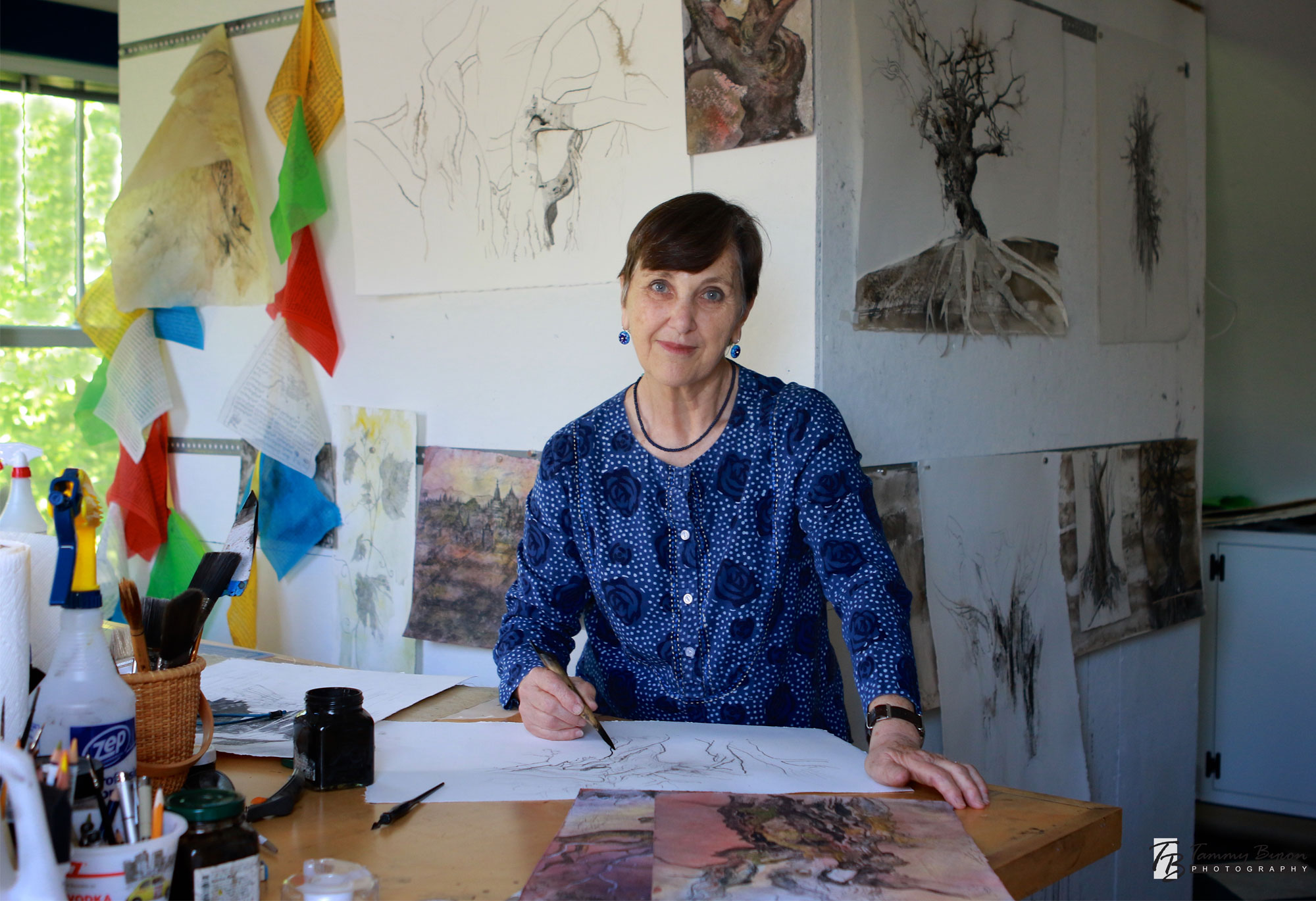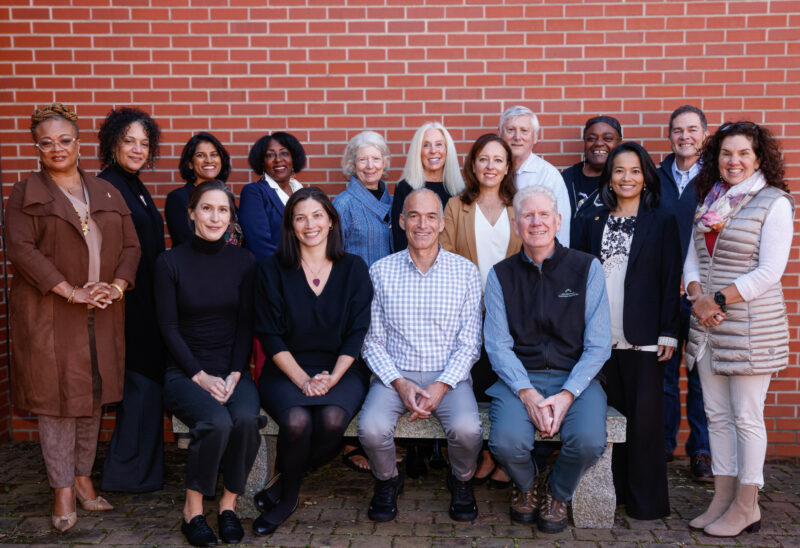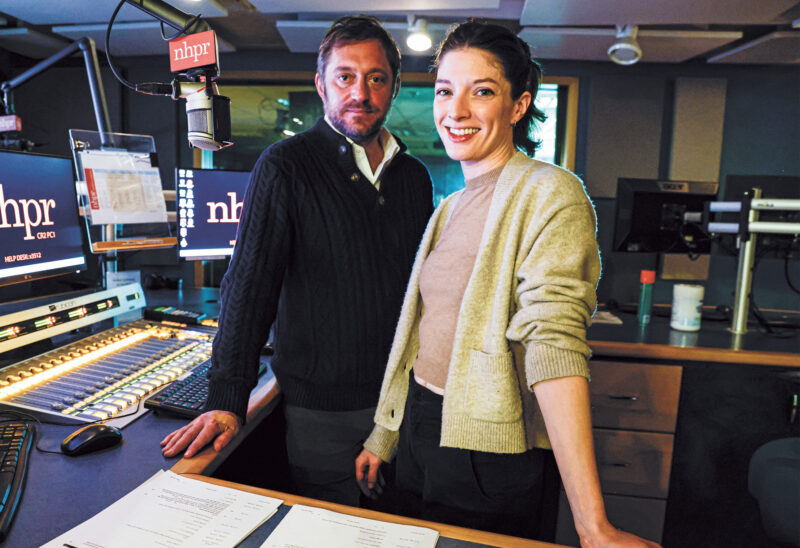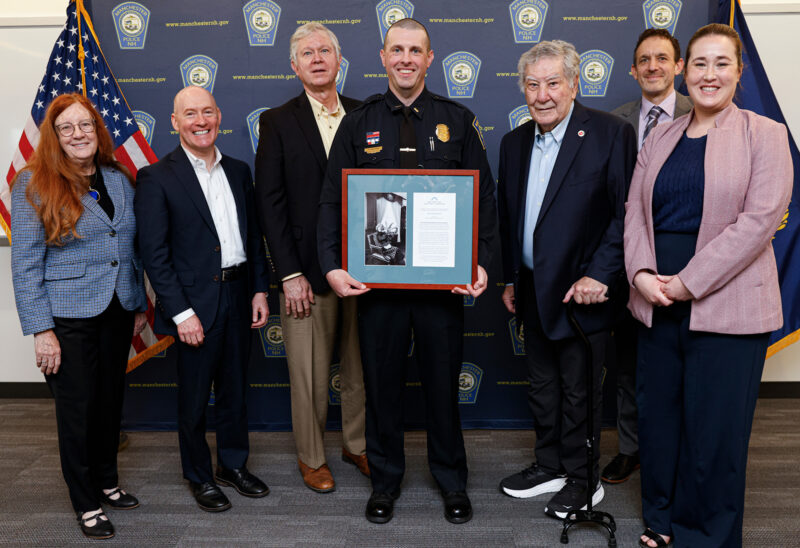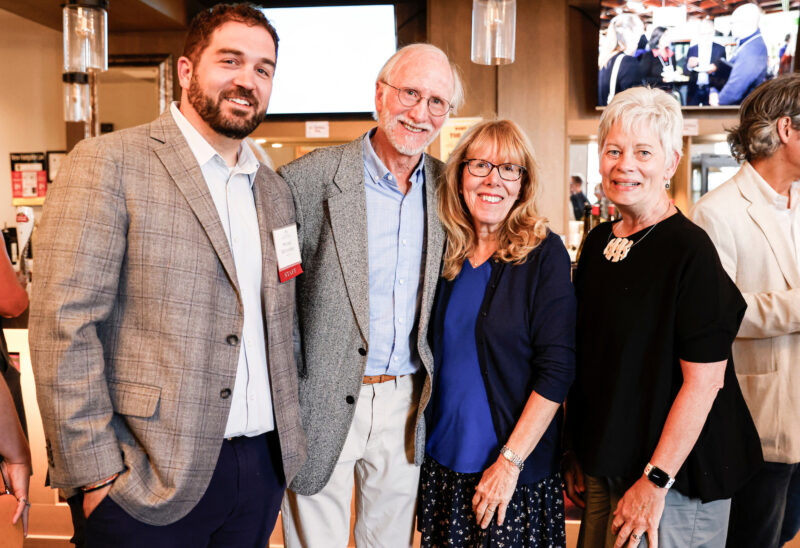To Victoria Elbroch, trees are almost like icebergs.
There is much more than meets the eye — and the imagination — especially in ancient trees that have watched over centuries of change and provided comfort, healing, inspiration and sustenance to the environment and generations of humans.
With help from the 2019 Piscataqua Region Artist Advancement Grant from the New Hampshire Charitable Foundation, Elbroch will travel to England, where she grew up. With sketchbooks in hand, she will visit ancient trees that caught her fancy as a child and drive her work now as a successful artist.
“I went from drawing trees just as they are to using my imagination and adding in environment and changing them and making them more of what I wanted the world to look like,” she said. Her vision is of trees reigning in an imaginary idyllic landscape to remind everyone to appreciate their bounty.
Think of typical paintings or drawings of trees. Often, the trees seem to grow from the bottom of the frame. Not so with the trees Elbroch draws or etches. They meet the forest floor in the middle of her works, or higher, and the earth below is peeled away, revealing a jumble of intertwined roots.
“I involve the root systems underneath because the roots are so extraordinary,” Elbroch said, spreading her arms to fill the expanse around her just as the roots and branches fill her works. “The roots communicate with other trees, they look after the other trees and, of course, they support trees and bring in all the nutrients.”
Elbroch said the $25,000 annual grant — one of the largest unrestricted grants awarded to a single artist in the country — is “the biggest thing that’s ever happened in my professional life.” (Runners-up, each of whom received a $1,500 award, were Shaina Gates of Exeter and Mary O’Malley of Rochester.)
The award will allow Elbroch to devote unwavering attention to ancient trees and contemplate their character and connection to the past, present and future. She will spend six weeks in England next spring, not worrying about speeding from place-to-place for brief visits on an artist’s budget or drawing hurried lines in a sketchbook as a tour bus toots its horn.
At the same time, she hopes her works prompt viewers to ponder how nature’s clock is ticking on the oldest trees in their “relentless confrontation” with changing climate, more violent storms and pollution.
Elbroch specializes in creating collages by combining intricate ink drawings with other items such as old newspaper images. She also creates prints with monotype and photopolymer etching. In photopolymer etching, she produces a plate for printing by photographing a drawing and making a transparent image, then projecting light through the image onto a light-sensitive plate. The part of the plate hit by the light hardens and remains when the plate is washed, creating an image that can be printed. In monotype, the printing plate is created by etching in inks spread on thin plastic plates.
The results are not simple landscapes. The collage effect and multiple layers of images, with towering trees and roots most prominent, evoke dual themes of permanence and the fleeting nature of life. A viewer stands in the present, gazing at an ancient tree rising from a backdrop of changing landscape and generations of tiny people it has outlived, knowing this generation will be in the backdrop of future drawings.
In England, Elbroch will visit some familiar trees, like those in Savernake Forest west of London.
“These are between 800 and a thousand years old and just magnificent and still alive,” she said. “Henry VIII actually rode in that forest.”
In a previous work from the forest called “In the Blink of an Eye,” the collage portion of her drawing included illustrations of people that she meticulously cut from a Victorian newspaper her father had collected. They are dwarfed by the gnarly tree and the crawling root system below them. “They represent how tiny we are and how our lives are so short compared to theirs.”
She’ll also visit Moccas Park, home to 70 ancient oaks that measure more than seven feet wide.
While in the shadows of an ancient tree, Elbroch takes photos and fills her sketchbook with drawings that she enlarges and elaborates on when she returns to her studio. She works for weeks on each drawing. Sometimes she draws roots, then cuts them out and applies them to her work in layers for a three-dimensional effect. She sewed a separately drawn root system onto another print.
While admiring an ancient tree, Elbroch is attracted to the unpredictable shapes, seeing them as stark textured pieces of natural sculpture. Sometimes, she sees people.
“You see these strange branches and you can think of your relatives,” she mused. “’Oh my heavens, that looks like Aunt Mary.’ I think of family and resilience.”
Elbroch grew up in England and India. She left England at age 19 to move to America with her husband, Larry, whom she met while he was stationed there in the Air Force. For 40 years, she made an artist’s living with a rigorous schedule of shows, sometimes driving 1,800 miles at a clip to display her early drawings and paintings of English villages and countrysides.
Elbroch has won numerous awards for her prints, including the Savoir Faire/Charbonell Award at the 2015 Boston Printmaker’s Biennial. She is a juried member of the Boston Printmakers, Zea Mays Printmaking and the League of New Hampshire Craftsmen.
She envisions the grant and her trip will spark a new series of work — braver and larger — that includes her deep yearning for the idealized version of the rural England she left as a teenager.
“It gives you a sense of tremendous purpose to move forward with your work, that you’ve been taken seriously, that you know your work is worthwhile,” she said of the grant. “That’s always an insecurity with an artist.”
After returning, she will schedule educational talks at schools and put her sketchbooks on display.
The fund from which the annual grant is made was created at the Charitable Foundation in 2001 by a group of generous people who wanted to help cultivate the region’s arts community, boost artists’ careers and help keep them living and working in the area. It may be used for anything an artist needs to advance her work. For Elbroch, that meant both her dream trip to England and a call to a plumber.
Her studio is in her attic, which had no sink. That meant repeated, precarious trips up and down steep stairs to the basement to haul up jugs of fresh water and carry away “disgusting” pots of water that was black with ink.
A new, large utility sink in the studio has made working much safer and more efficient.
“It’s just changed my life,” she said.

